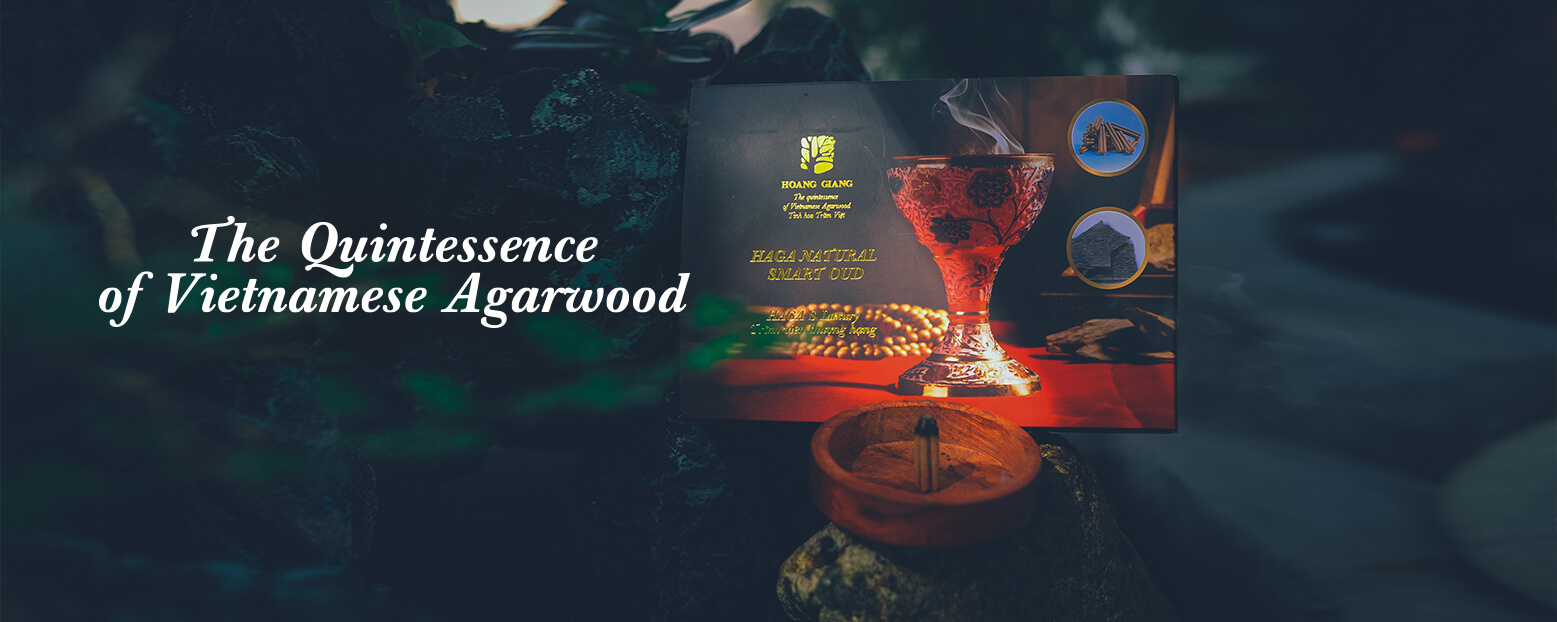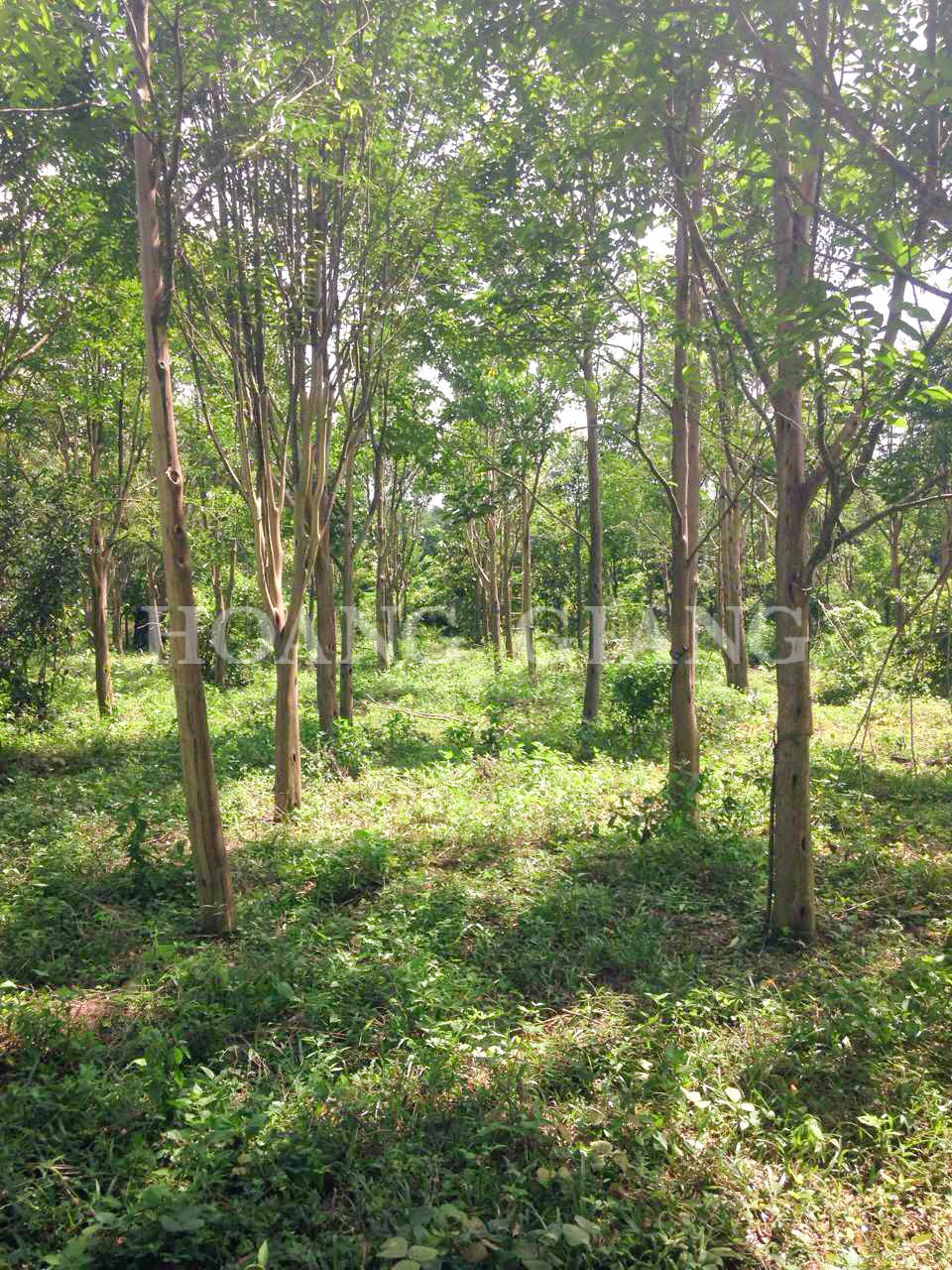Uses of Agarwood
Use in medicine
Agarwood has been used for medicinal purposes for thousands of years, and continues to be used in Ayurvedic, Tibetan and traditional East Asian medicine. The Sahih Muslim, which dates back to approximately the eighth century, refers to the use of agarwood for the treatment of pleurisy and its use is referenced in the Ayurvedic medicinal text the Susrut a Samhita. Agarwood is prescribed in traditional East Asian medicine to promote the flow of qi, relieve pain, arrest vomiting by warming the stomach, and to relieve asthma. High-grade agarwood powder is prescribed in Chinese medicine and is also used in the production of pharma-ceutical tinctures. Malaysians used agarwood mixed with coconut oil as a liniment, and also in a boiled concoction to treat rheumatism and other body pain. The often-discarded uninfected wood is used as Kayu gaharu lemppong by Malaysians to treat jaundice and body pains. Agarwood is also prescribed for dropsy, as a carminative, a stimulant, for heart palpitations, and as a tonic taken particularly during pregnancy, after childbirth and for diseases of female genital organs.
Use in perfume
The use of agarwood for perfumery extends back several thousands of years, and is referenced, for example, in the Old Testament several times using the term ‘aloes’. Both agarwood smoke and oil are customarily used as perfume in the Middle East. In India, various grades of agarwood are distilled separately before blending to produce a final ‘attar’.Minyak attar is a water-based perfume containing agarwood oil, which is traditionally used by Muslims to lace prayer clothes .
Agarwood perfumes are seldom pure agarwood oil, but instead use an alcoholic or non-alcoholic carrier, such as sandalwood oil.The cheapest agarwood perfumes are either synthetic or a blend of oils, each with different qualities and fragrances. Although there are several commercially available synthetic agarwood fragrance compounds, they can produce only low-quality agarwood fragrances, owing to the chemical structure of natural oil. Agarwood essences have recently been used as a fragrance in soaps and shampoos. Agarwood is said to have been highly prized by European perfumers in the mid-1990s.
Use in incense
Taiwanese consumers purchase agarwood for the manufacture of incense sticks, which are used in prayers during many traditional festivals and ceremonies to bring safety and good luck. Agarbattis are incense cones, which originally contained agarwood powder but seldom do so now because of the high price of agarwood. Instead, the light cream/brown powdery waste material obtained from oil distillation (with little or no resin content) is used to provide a basic carrier for other, cheaper, fragrant ingredients. This waste agarwood powder sells for around USD5/kg.
Japanese incense products are very different, with most of the highest-grade products made using natural raw materials which include ground agarwood extracts combined with other ingredients such as sandalwood and benzoin and then carefully moulded and baked. Pure agarwood is also burned as incense in Japan.
In Malaysia, Muslims burn agarwood splinters or chips to produce incense during special religious occasions, particularly at gatherings, and agarwood incense has been recorded in use there during Ramadan prayers. Some Malay tribes fumigate paddy fields with agarwood smoke to appease local spirits.
Agarwood incense is used for various purposes in the Middle East, especially during prayers. Agarwood chips and splinters are also burned in bathrooms and incense is used as a customary perfume. Party hosts place agarwood chips over hot charcoals, the aroma signifying the end of a party.
Other uses
Although it may be possible to use healthy Aquilaria wood to make simple ornamental boxes, this wood is typically too light and fibrous (rather like balsa wood) to be suitable for furniture, construction or even carving. Some foresters in India have suggested using Aquilaria wood for constructing tea-boxes. Aquilaria bark was reportedly used for this purpose during the nineteenth century. There is a considerable number of craft shops offering religious ‘agarwood’ sculptures, usually Bhuddhist figures. Although a proportion of immature agarwood is used in this trade, most statues are not made with agarwood, owing to its soft and flaky properties, which make it unsuitable for carving. Instead, tropical hardwoods are treated to resemble agarwood. The wood is blackened by injecting oil or tar into tree trunks and may also be impregnated with agarwood perfume. Agarwood is used to produce statues and religious objects (e.g. statues of Buddha) in Taiwan.
Agarwood is used as an aromatic ingredient of Chu-yeh Ching and Vo Ka Py wine in Taiwan. Agarwood powder is known to be sprinkled on clothes and skin as an insect repellant effective against fleas and lice . The Sahih Muslim refers to the use of agarwood for fumigation purposes.
Agarwood may also be added to funeral pyres and is used in the preparation of bodies for burial. In Malaysia, it is used as a libation ingredient poured at gravesides.




